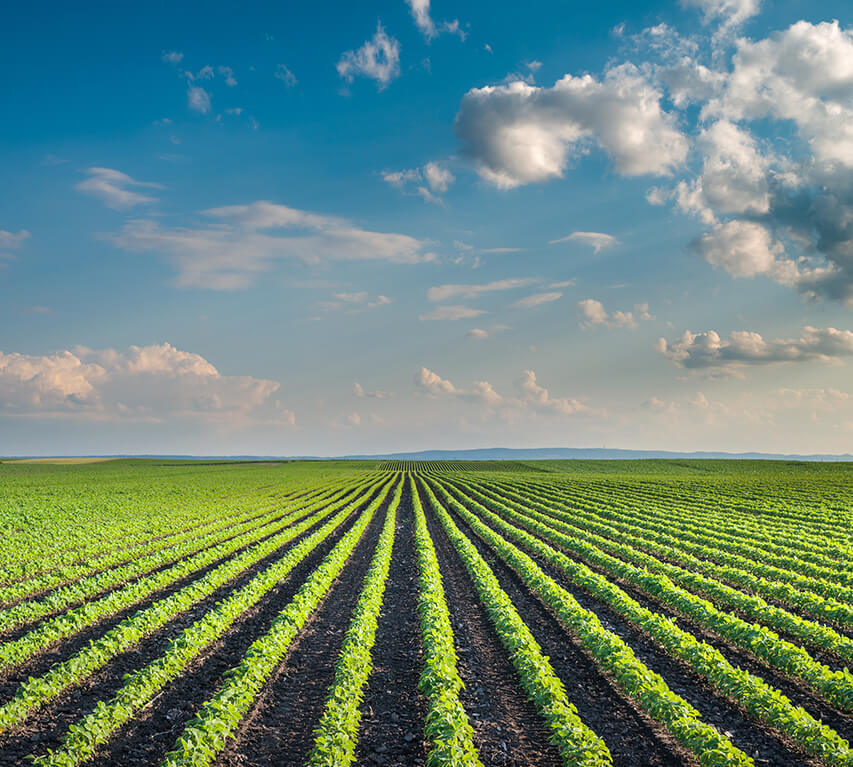Easy fertigation with Poly-Feed™ improves tomato plant strength, production, quality
The importance of correct nutrition for horticultural crops was well highlighted in Queensland this year, with heavy
rains in December and January causing considerable production losses in central and southern regions.
Cherry and grape tomato producers David and Miette Evans, based at Stanthorpe in the State’s south-east,
said their hydroponic plants had withstood the wet conditions in the region, holding up well despite excess
moisture and disease threats.
They attributed this to plant robustness as a result of using Haifa Poly-Feed™ GG (Greenhouse Grade)
water soluble fertiliser from planting right through the growth cycle.
“Our tomatoes receive excellent, targeted nutrition from day one and were strong and vigorous enough
to survive the wet conditions this summer with good disease resistance,” David said.
The Evans produce about 10 tons per year of hydroponic cherry and grape tomatoes.
These are grown under 3000 square meters of hail netting in a soilless culture of peat and vermiculite mix, with some coco-peat slabs introduced this year.
David said soilless production eliminated root-borne diseases, prevented weeds and boosted water and fertiliser use efficiency.
He said after trialing several fertilisers during the past two years of tomato production, he concluded that Haifa’s Poly-Feed GG was best for
his operation. “It is made of 100 per cent pure plant nutrients, in the right balance,” David said.

“The cherry and grape tomato plants have really responded well to this fertiliser, which is fully water soluble. “It dissolves better and more readily
than other fertilisers I have tried and leaves no residue in the tanks.”
The Evans use a simple fertigation system,
with Poly-Feed injected into the Netafim irrigation system.
The irrigation system uses a mix of spring and dam water and is fully automated. It is programmed to deliver between 5 and 10 liters of fertiliser per
1000L of water to plants for five minutes,
10 times per day (about once every daylight hour).
Potassium levels are increased towards the end of the growing season to boost plant growth before the end of April,
after which time the risk of frosts on the Evans’ property, which is 900 meters above sea level, increases.
There is up to 2.5 electrical conductivity (EC) going into the irrigation system and about 1 EC coming out. Netafim has
adjusted these levels to ensure ease of operation.
David said fertiliser rates with the Poly-Feed had required fine-tuning in the first year of hydroponic tomato
production in 2009-10 and this was done in close consultation with Haifa Australia.
The company helped trial a range of fertigation rates for tomato plant flowering and fruiting times and at other
stages of growth.
“This has been most useful and we have adjusted the fertigation system to deliver the most efficient and effective fertiliser rates to optimize this year’s production. Our applications are now targeted to plant growth stages and this has delivered maximum output at the best cost efficiency.”
David said using pre-mixed Poly-Feed saved money, time and labor compared to mixing individual trace elements and
nutrients, as was done in past years of seedling production on his property.
He said there was minimal labor required to tip the Haifa fertiliser into the irrigation tank and nutrients were already combined to meet plant requirements.
“Running a busy farm operation, with other field crops to attend to, Poly-Feed makes the hydroponic tomato system
simple, less labor intense and because it’s water soluble there is no residue in the tank and the filters don’t get blocked-up.’’
David said 2010-11 was the second year of hydroponic tomato production on his property and adjusting fertiliser and irrigation rates to feed plants constantly with small doses of nutrients had significantly boosted production and increased fruit quality.
He said premium prices were being paid for the family’s cherry and grape tomatoes at the centralized market in Rocklea. “We are consistently reaching the highest grades and the market is favoring greenhouse-grown
products because they have a longer shelf life and are cleaner.’’
“Our agent is really happy with the quality of our tomatoes and we are now planning to double production
in coming years by installing a further 3000sq m of hail netted, irrigated soilless production area.”
David said the support he received from Haifa Australia distributor Lindsay Rural and company agent Corey Thompson had been excellent and he looked forward to continuing a close relationship with them as his tomato enterprise
expanded in coming years.
“They are very prompt at Lindsay Rural and if we need something urgently they get it out to us straight away,” he said.
For more information on how to grow tomatoes, visit our crop guide section here.



